Are universities secretly sexist?
- Published
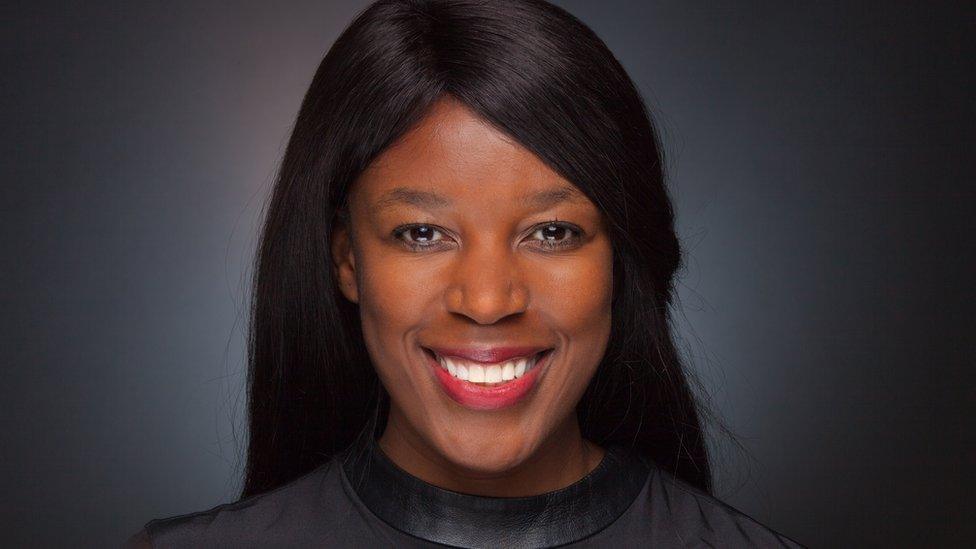
Elizabeth Nyamayaro says universities must act to ensure more women professors
Universities might have a reputation as bastions of Guardian-reading liberalism.
But when it comes to the top academic jobs they stand accused of failing to give women a fair chance.
In the UK, only 24% of professors are women, even though half of lecturers are women. There are even fewer female university heads, with women accounting for 18% of vice chancellors or principals.
This isn't unique to the UK - a report from the United Nations shows a similar pattern of a lack of female professors across universities in the United States, Japan, China, Brazil, France and South Africa.
Elizabeth Nyamayaro, senior adviser to UN Women, says there needs to be direct intervention to change this, including the controversial idea of imposing quotas.
"There is a need to be pro-active, otherwise it will never happen," she says.
Women-only jobs
The UN identifies 10 "impact champions" trying to resolve this gender gap - including Paul Boyle, vice chancellor of Leicester University.
Prof Boyle has a target for a 1.5% increase each year in women professors, with the aim of having 30% of professorships held by women by 2020.
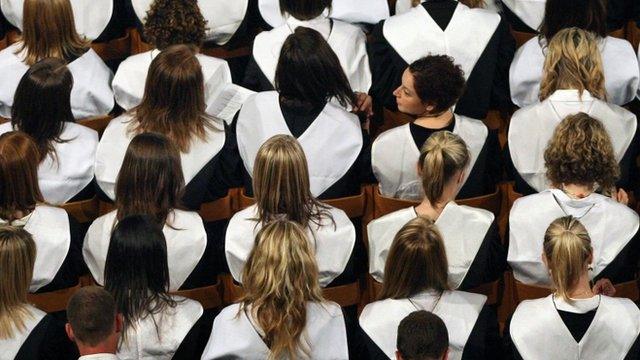
Women are a majority of undergraduates and minority of senior academics
"I'll be frank, if we felt we could go faster than that we would," says Prof Boyle.
Other universities are going for bigger increases from lower starting points. The University of Hong Kong will use "compulsory diversity" in its shortlists to almost treble the proportion of women in dean-level positions from 9% to 26%.
The University of Nagoya in Japan will have women-only jobs, with the aim of a 75% increase in senior faculty positions, but only up to 20%.
Biased references
But why is there such a huge gap in the first place?
Dame Athene Donald, professor of experimental physics at the University of Cambridge, blames a "subtle blend of cultural expectations".
This includes women not aiming high enough and a lack of relevant mentors to support their ambitions.
They can also face bias, "unconscious or otherwise", she says.
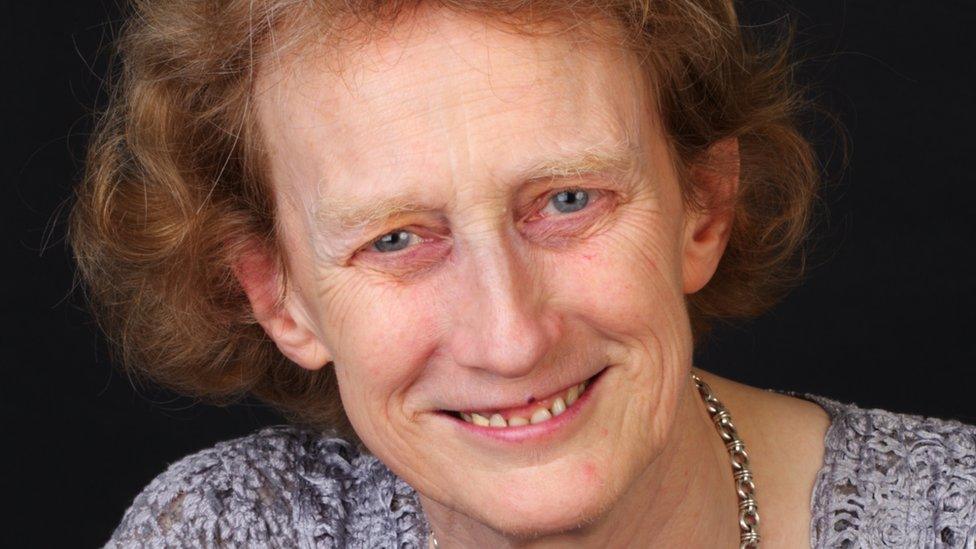
Professor Athene Donald says women academics face bias, "unconscious or otherwise"
Prof Donald, who was her university's gender equality champion, says this might not be overt prejudice, but a corrosive form of "holding women to a different standard".
She has seen "appalling references" for female academics, using words such as "feisty", which would never be used to describe a man.
"It's a system that expects more of a woman than a man," she says.
Prof Donald also believes "blokeishness" among undergraduates is getting worse rather than better, with a "lad culture" of excessive drinking and online sexism.
Changing admissions rules
Ms Nyamayaro, who runs a UN project to engage male support for gender equality, says part of the problem has been that the gender gap has not been presented as everyone's responsibility.
"It's been seen as a women's issue, lead by women and for women. We haven't done a good job in engaging the other half of society," she says.
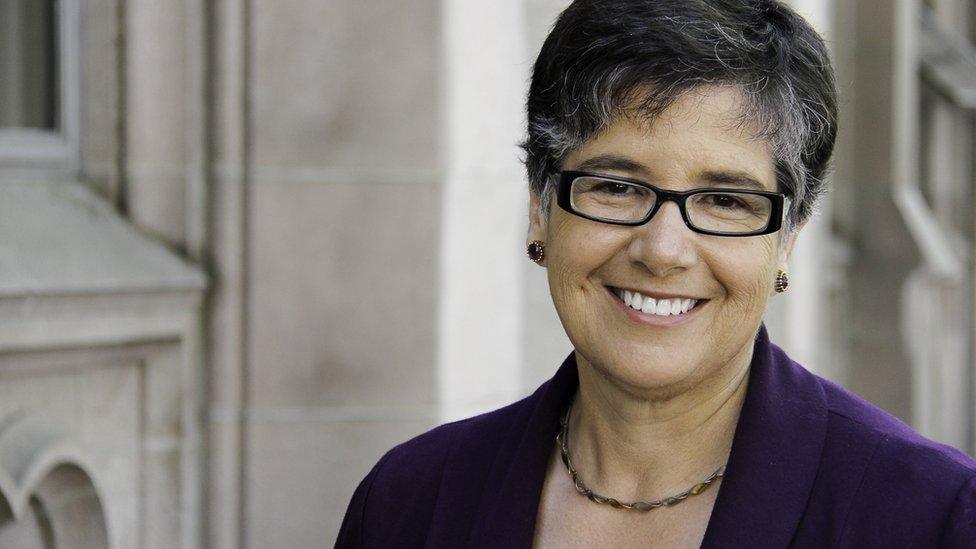
Ana Mari Cauce became the first woman president of the University of Washington last year
Another practical obstacle for women academics is that they are more likely to have career breaks to raise a family, disrupting the trajectory of promotions.
Leicester University is adjusting the selection process to address this.
"At the moment we're not judging the CVs and the backgrounds of people fairly, we're not taking into account that women are more likely to have had breaks in their career," says Prof Boyle.

More stories from the BBC's Global education series, external looking at education from an international perspective and how to get in touch

The number of academic papers and research grants are "often taken as a pretty strong measure of your academic credibility".
Prof Boyle says this can work against women who might have produced less work, but of a higher standard.
"We're working with interview panels to prioritise quality over quantity," he says.
Male and female expectations
He argues this isn't positive discrimination, but a fairer way of choosing candidates.
But he also says "expectations" can play a part in who gets the top jobs.
"It's driven by the personal expectations of men and women and by the expectations of those who are assessing them."
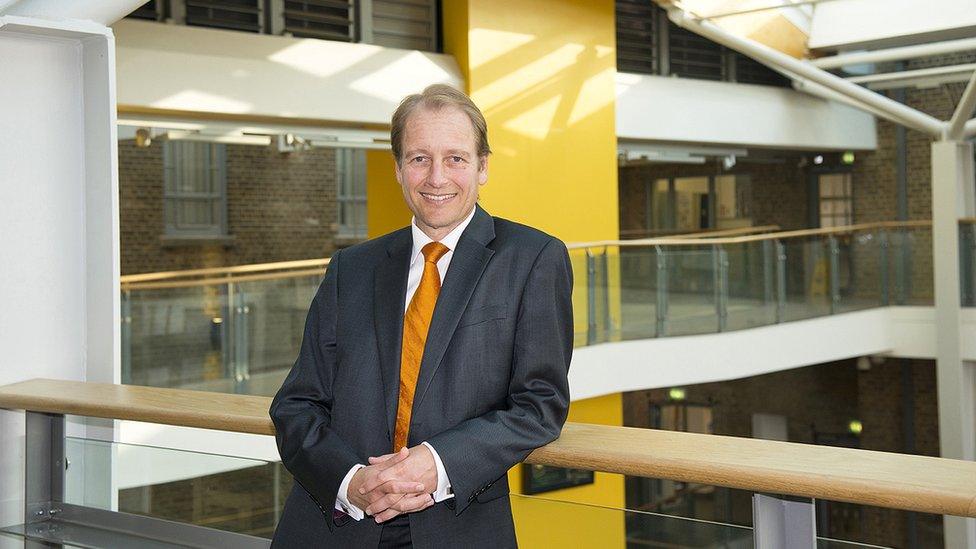
Paul Boyle has set a target for an annual increase in women professors at Leicester
But Prof Donald says she is "nervous" about the use of quotas. Women who are appointed can face the accusation that they only succeeded because of their gender.
"It's not healthy to feel that might be how you got the job."
But what makes the lack of female professors even more glaring is that universities have an increasingly female population.
The problem at undergraduate level is the shortage of male applicants.
Changing generations
The head of the Ucas admissions service, Mary Curnock Cook, this summer made the remarkable forecast that if present trends continue "girls born this year will be 75% more likely to go to university than their male peers".
This also raises another and unknown part of the current professorial gender gap. Is it a time-lagged, fossilised reflection of the peer group who entered academic jobs 30 or 40 years ago, in a much more male-dominated era?
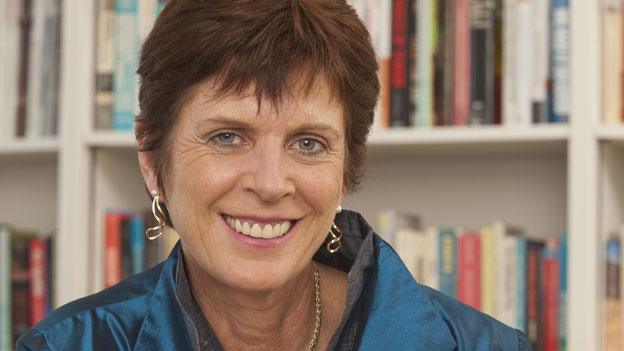
Louise Richardson is the 272nd vice chancellor of Oxford University - and the first woman
Two of the world's most famous universities - Harvard and Oxford - have their first ever female heads. In the case of Louise Richardson at Oxford, she is the first woman to lead the university after almost 800 years.
Are the universities already catching up?
Prof Donald is not convinced by this time-lag theory, saying that rising numbers of women students and lecturers has not translated into equivalent increases in female professors.
Either way Prof Boyle says it's not enough to wait for time to resolve this inequality - because it would take another 39 years to even out at the current rate of change.
Is there also something about university cultures that can appear to be full of innovation, but below the surface remain deeply entrenched in tradition?
In the US, Ana Mari Cauce last year became the first female president of the University of Washington.
She said universities can have a strong cultural identity which can make those who don't quite fit in feel like outsiders.
Dr Cauce warned that universities could appear to be publicly supportive of diversity, while at the same time avoiding "difficult conversations" about putting it into practice.